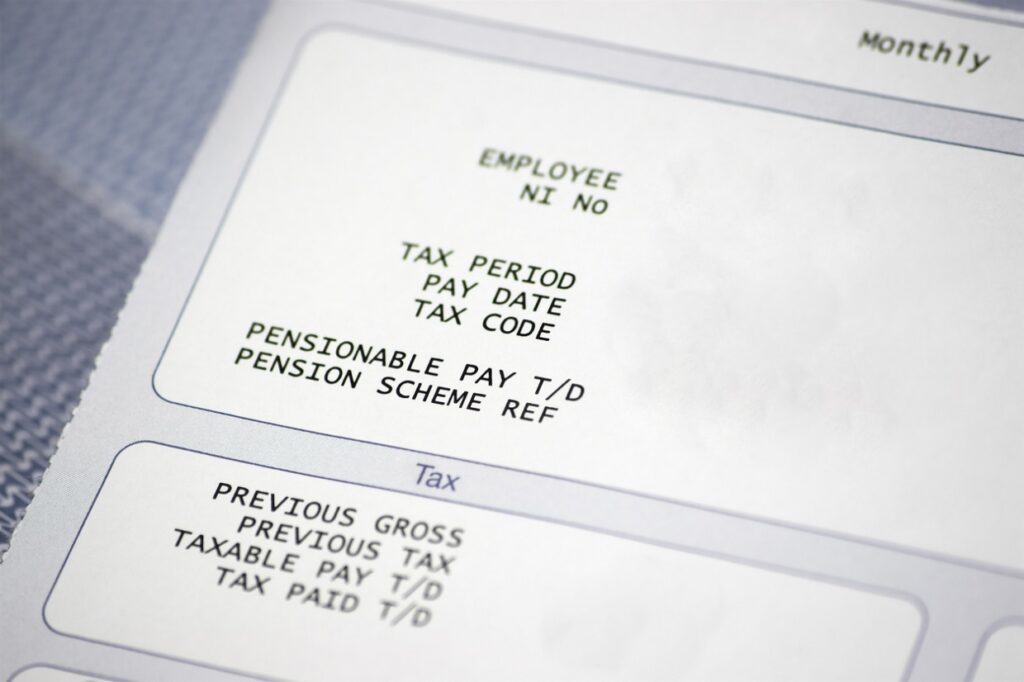In a society where we are used to sharing so much information, talking openly about pay still remains one of our biggest taboos. Questions about pay expectations and salary are often left to the very end of an interview process, which can waste time and leave candidates and hiring managers feeling disappointed. But when salary plays such an important role, why should it be left to the end?
We know how important salary is to professionals, with 72% of prospective candidates ranking it as the second most important piece of information they want from a recruiter or hiring manager when approached about a new role. And, 39% say they find it most useful to hear about salary range in the first message from a hiring manager.
The demand is clearly there, but with a plethora of salary data all over the web which can be widely dispersed, many candidates find it hard to identify accurate information on specific job roles or industries.
At LinkedIn we believe that we all have something to gain from moving towards greater pay transparency; it attracts more talent, focuses your conversations, speeds things up, and adds clarity to the candidate experience. That’s why we’re rolling out Salary Insights on Jobs, allowing our members to see estimated or expected salaries on job posts.
This means that hiring managers, recruiters and companies can provide an ‘expected salary’ on LinkedIn job postings, and where one isn’t listed we’ll provide an ‘estimated salary’ based on data collected across our 546+ global members.
The millions of salary data points we’re collecting are all tied to individual member profiles and are benchmarked against third party sources, ensuring that the salary information is accurate and gives candidates a clear and accurate understanding of the pay landscape.
Whilst having salary information from the get-go is important to candidates, it’s also good for hiring and driving more high-quality applicants to roles. Here’s why:
It attracts high-quality applicants
We know that 90% of employees around the world are open to new job opportunities, and that 45% see higher compensation as a key reason to make a job change.
Visible salary information will not only bring passive and active talent to your job posts, but also make them more likely to connect with you and apply.
Creates a more efficient hiring process
There is little more exasperating than spending weeks advertising, screening and interviewing candidates only to find that the perfect candidate is expecting far more pay than is available for the role.
A candidate’s unrealistic expectation can often be the result of unreliable information from external sources, so supplying an employer-certified salary can give peace of mind and avoid issues further down the line.
Leaves time to focus on the most important things
Sharing salary upfront creates the space to focus on the discussions that really matter like company culture, the role, experience and if someone is the right fit; factors which can be much more influential in choosing the right candidate.
Helps to better understand compensation landscapes
As pay transparency continues to become the new status quo, it’ll be easier to understand your competitive landscape and see how your salaries stack up based on member-provided data. Higher compensation is the top reason professionals swap jobs, but equally that a pay rise is the single biggest reason for a candidate to stay in their current role.
This shows how beneficial it is for hiring managers to have clear insights into their industry’s compensation landscape.
Overall, salary transparency, whether employer provided or based on our member provided data, will help improve the hiring processes for both employers and candidates alike by setting expectations right off the bat, allowing everyone to focus on the other important parts of the job.






